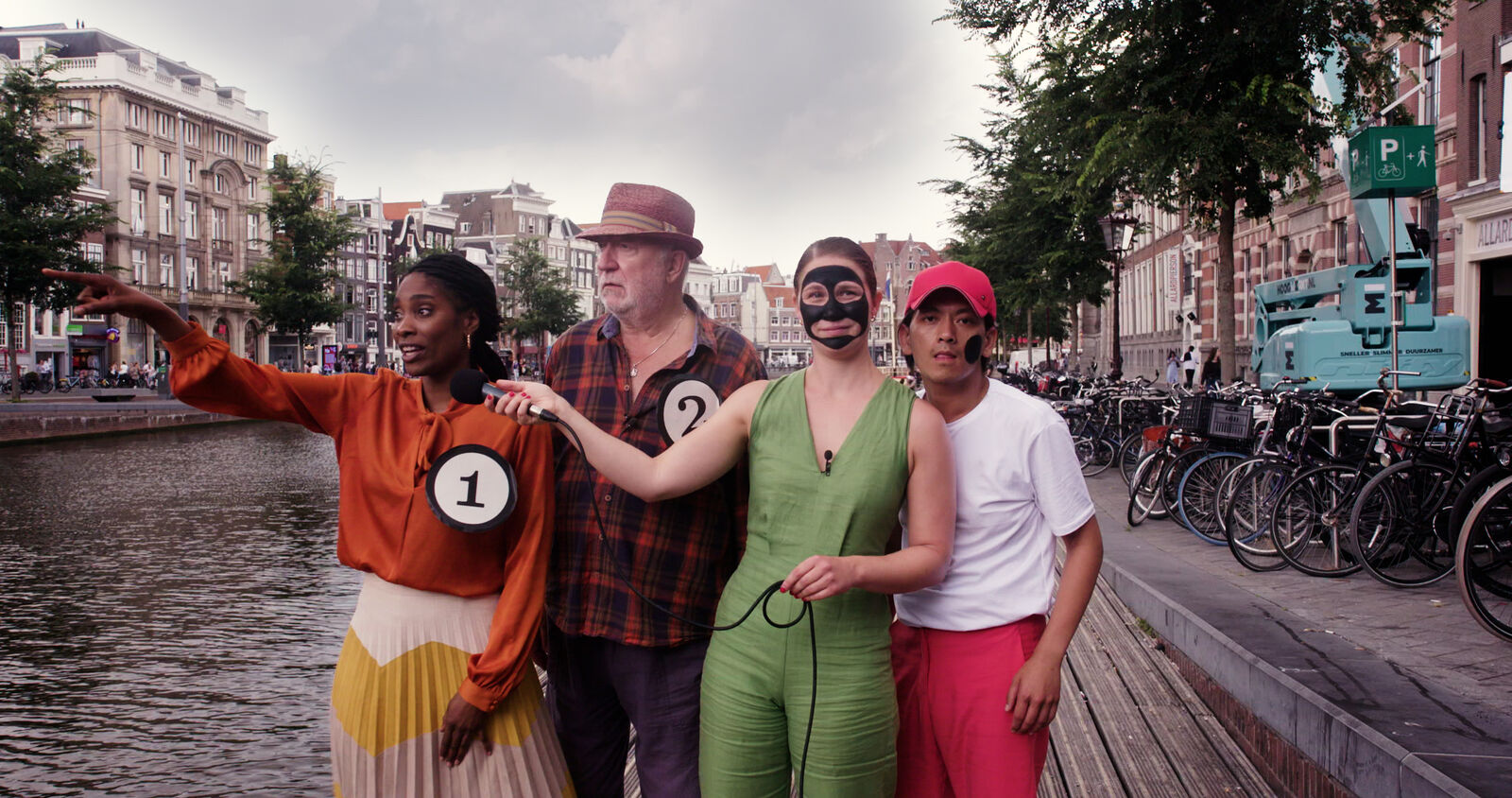Raul Balai and Ehsan Fardjadniya – In conversation
17:00–18:00
In a conversation Raul Balai and Ehsan Fardjadniya will engage in personal experiences of alienation by the society at large and how it affects the knowledge and awareness of self. Both artists deal with concepts of (trans) nationality, migration and identity in their art practice, which they see reflected in the work Togetherness by Pope.L.
You are very welcome to join us in conversation. Participation is for free, but make sure to sign up via this link for a spot. This conversation will last for one hour. If you would like to see the work of Pope.L beforehand, please make sure to arrive 30 minutes earlier. Please note that this conversation will be in Dutch.
About the speakers

Raul Balai by
Raul Balai a.k.a. el bastardo is a visual artist and curator. He studied graphic design at the HKU (2005). In addition to his art practice, he ran the visual communication agency The Iron Curtain from 2006-2017 with his associates. He is one of the initiators of people behind the Zwarte Piet Is Racisme campaign and Stichting Nederland Wordt Beter. As an artist, he has been part of several collectives and collaborations, including The State of L3, Sites of Memory, FRERARA and Art Allies. In recent years Balai has also been active as an exhibition maker and designer, regularly combining this with curatorship. In this way he was involved in the exhibition Hier. for the Rembrandthuis, was guest curator at CBK-Zuidoost in Amsterdam and is (co-)responsible for the design and artistic composition of the exhibitions at The Black Archives.
Central to his work as a visual artist is how our "exploitative state of mind" determines our view of the world. His work provides insight into power structures: how they affect the ways we tell history, and how that leads to the society we have today. Here (personal) stories of migration and colonialism frequently play a role. He uses different styles and disciplines to expose and explore this.

Ehsan Fardjadniya by Bob Schoo.
Ehsan Fardjadniya is a visual and performance artist. In 2000, he was exiled from Iran because of his political cartoons and applied for refugee status in the Netherlands. He graduated from the Royal Academy of Art in The Hague in 2006, followed by a two-year master's program on art as a political actor at Goldsmiths University in London. In his 15 years as a performance artist, he has developed a method of emancipatory art in which socio-political relationships can be used as performative practices to influence larger political issues.
Starting from different situations in art practice, where interventions are temporary and come from outside, his method makes interventions from within, from his body. Art and activism merge in his work as a reflection of the politicization of his body, as a result of his status as a person of color and his political exile. He is particularly interested in issues of borders and migration. Because of his personal experience as a refugee, precarious migration stories permeate his body, making it an archive that vibrates in his art.


